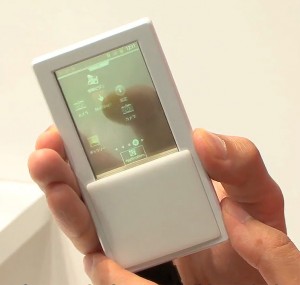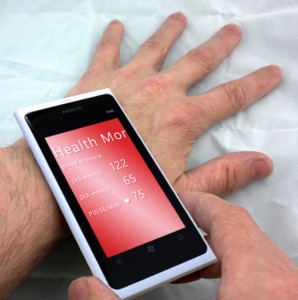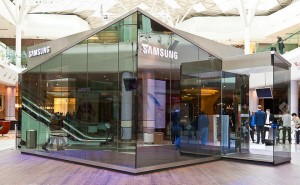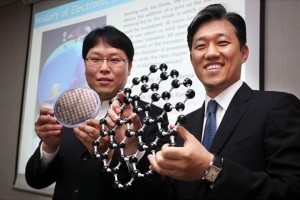
NTT Docomo have together with Fujitsu developed a new prototype smartphone running Android, using a transparent display. No only is it using a see-through display, but it also has dual touchscreens, one on the front, and the other on the back. Through newly developed gestures this makes it possible to manipulate and navigate the phone UI in a way never seen before.
“You could hold down an icon on the front, and slide on the back to move an icon, or use the message bar, or create a new application”, explained Masashi Tagaya, Advanced Technology Group, Communication Device Development Dept., NTT DOCOMO R&D.
Continue reading “Docomo show double-sided transparent touchscreen prototype”









